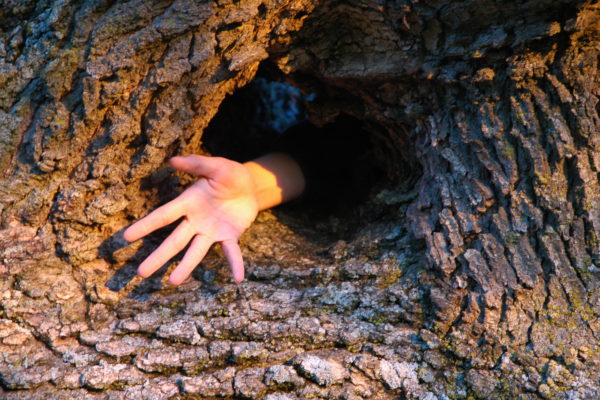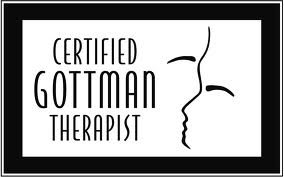In Shakespeare’s play The Tempest, the spirit Ariel, living on a remote island, has been confined in a cloven pine tree by a spell. When the wise and learned Prospero, sent into exile, lands on the island, he agrees to free the spirit if Ariel does his bidding—to create a storm, a tempest so large it will cause the shipwreck of Antonio, the man who plotted his murder by sending Prospero and his young daughter out to sea in a doomed vessel.
This photo inspired me to recall Shakespeare’s last great play and to reflect on the symbolic meaning of the imprisoned spirit. Ariel is the spirit of fire, of air, of wind, or water and has the gift “to fly / To swim, to dive into the fire, to ride / On the curl’d clouds” (I.ii.190-192). He brings a balance to life, easing suffering and providing safety. He is that spirit in all of us that brings to birth the creative imagination.
Elusive Joy
Yet Ariel is elusive. He represents that inner part of us that stirs the unconscious toward freedom. Just as Ariel is imprisoned in the pine, we close off our creativity, leaving it dormant. The forgotten inner self is abandoned in childhood as the demands to prosper drive us forward into adult responsibilities. Ariel represents the inborn gift in each of us that gets trapped within.
Freeing Your Creativity
In psychotherapy, the process of looking at what we have kept secret, unknown in the depths of conventionality or conformity, lays bare this spirit waiting to be released. Sometimes it is a creative urge, to sing, to dance, to play, or to make music. Finding it again requires forgiveness, whether of self or of others who have played a part in squelching the Ariel within. By looking at our discarded parts and turning towards them, we begin to befriend our hidden, inner selves.
Setting Ariel free requires acknowledging the spirit within, giving voice to suppressed desire. But it also helps to be open to joy as it comes. William Blake’s poem “Eternity” expresses the importance of openness:
He who binds to himself a joy
Doth the wingèd life destroy;
But he who kisses the joy as it flies
Lives in eternity’s sunrise.
The spirit of Ariel may light upon your shoulder for just a moment. Being able to feel that joy in those brief moments, not clinging, just noticing and appreciating, is a step toward bringing awareness to all the moments of your life.
What part of yourself are you keeping imprisoned? As Shakespeare writes at the end of the play:
Prospero [found] his dukedom
In a poor isle and all of us ourselves
When no man was his own. (V.i.206-210)
To be fully present in life involves freeing your Ariel within. The last words of the play before the epilogue are Prospero’s to Ariel: “My Ariel, chick, / That is thy charge: then to the elements / Be free, and fare thou well!” (V.i.317-319).

 Sometimes we can’t ignore external signals to be mindful. My puppy is a reminder. When I am absorbed in a task, usually at the kitchen table on my laptop, she will quietly move into position next to the chair and nudge my leg with a toy. If I ignore her attempts to get my attention in this gentle way, she will increase her efforts by pressing the toy into my leg more forcefully. If that doesn’t work, whimpering will. Recognizing the need for a break, I take the stuffed toy outside so she can chase it. I am reminded that life exists beyond the computer screen. Sometimes it takes a puppy to nudge us toward mindfulness.
Sometimes we can’t ignore external signals to be mindful. My puppy is a reminder. When I am absorbed in a task, usually at the kitchen table on my laptop, she will quietly move into position next to the chair and nudge my leg with a toy. If I ignore her attempts to get my attention in this gentle way, she will increase her efforts by pressing the toy into my leg more forcefully. If that doesn’t work, whimpering will. Recognizing the need for a break, I take the stuffed toy outside so she can chase it. I am reminded that life exists beyond the computer screen. Sometimes it takes a puppy to nudge us toward mindfulness. I just returned from Rhinebeck, NY, where I took an intensive professional training course in Mindfulness-Based Cognitive Therapy (MBCT) for the Prevention of Depression Relapse. The five-day course was developed for health-care professionals who already have experience with mindfulness-based approaches.
I just returned from Rhinebeck, NY, where I took an intensive professional training course in Mindfulness-Based Cognitive Therapy (MBCT) for the Prevention of Depression Relapse. The five-day course was developed for health-care professionals who already have experience with mindfulness-based approaches.


